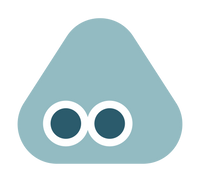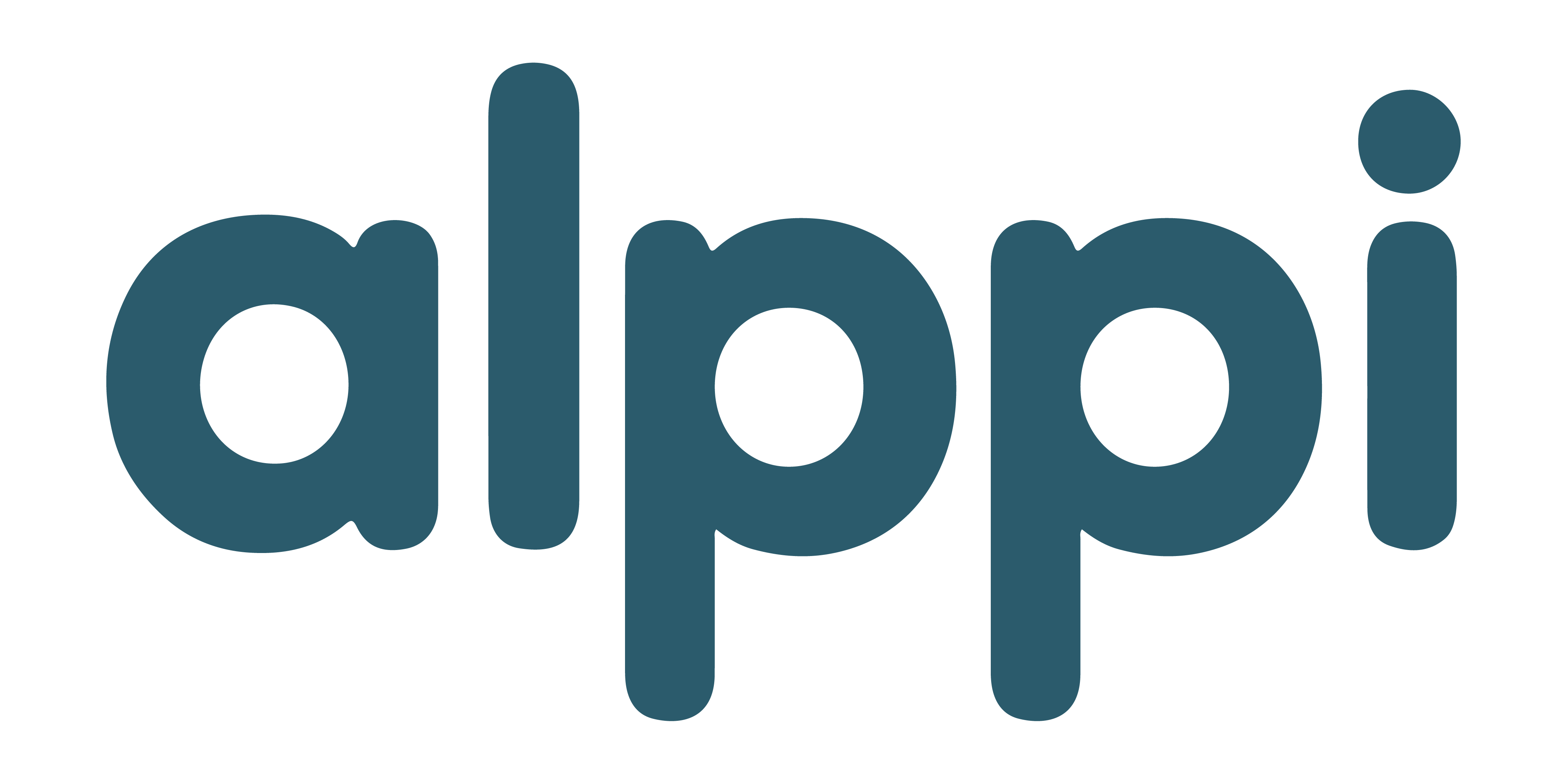Knowing when to start potty training can feel like a big question for parents—but the truth is, there isn’t a one-size-fits-all answer.
Potty training is not about age, but it’s more about the child’s development. Most children are ready between 18 months and 3 years, but the real focus should be on readiness signs.
Look for cues like staying dry for longer periods, showing interest in the toilet, or following simple directions. These signals show your child is ready to begin, making the process easier and less stressful.
Want to discover more signs and tips to get started? Read on.
📝 Key Takeaway: Potty Training Readiness
- Potty training depends on their readiness, not age.
- Most children are ready between 18 months and 3 years.
- Watch for readiness signs:
- Staying dry for longer periods
- Showing interest in the toilet
- Following simple instructions
- Starting when your child shows these cues makes the process smoother and less stressful.
When To Really Start Potty Training Your Child
Knowing the right time to begin potty training depends on more than just your child’s age. You’ll want to look at their developmental signs and their interest in independence.
It also helps if your family’s daily routine can support the process.
Why Age Isn’t Everything
Many parents assume potty training should start at a set age, but that’s not always true. While most children begin somewhere between 18 months and 3 years, readiness varies a lot.
Some may show early interest, while others need more time. What matters most is not the number on the calendar, but whether your child shows signs like staying dry for longer stretches or noticing when they need a diaper change.
For example:
- 18–24 months: Some children start showing curiosity.
- 2–3 years: Many children become physically and emotionally ready.
- 3+ years: Some children may still need time, especially boys who often train a little later than girls.
Don’t worry if your child isn’t ready for potty training yet—keep them comfortable with Alppi Wispy Cloud Diapers, designed for gentle care and reliable protection.
The Role of Developmental Readiness
Your child’s body and mind need to work together for potty training to click. Physical readiness includes being able to walk to the potty and pull pants up and down. They also need to control bladder and bowel muscles. Emotional readiness is just as important.
If your child resists change or feels anxious, pushing too soon can backfire. Look for signs like:
- Showing interest in the toilet or copying bathroom habits
- Communicating when they’re wet or dirty
- Staying dry for 2–3 hours at a time
- Wanting more independence in daily tasks
Timing and Family Readiness
Even if your child is ready, your family’s schedule matters. Potty training takes consistency, so starting during a busy or stressful season can make it harder.
Think about timing around big changes. If you’re moving, traveling, or expecting a new baby, it may help to wait until life feels calmer.
You’ll also need the right setup. Having a child-sized potty, extra clothes, and time for regular potty breaks makes the process smoother.
Potty training is just one milestone on your journey. Read our article on Finding Your Parenting Style: A Guide for New Parents.
Signs Your Child Is Ready
Potty training works best when your child shows clear signs of readiness. These signs often show up in their body habits, thinking skills, and how they communicate with you.
Physical Readiness Cues
You’ll notice physical signs first. A big one is when your child stays dry for longer stretches, like two hours during the day or waking up dry after a nap.
This shows their bladder can hold urine longer. Another cue is when they pull at a wet or dirty diaper or try to take it off.
This discomfort means they’re starting to connect the feeling of being wet with wanting to be clean. Many kids also begin hiding to poop or squat in a corner.
Physical signs checklist:
- Dry diapers for longer times
- Pulling at wet/dirty diapers
- Hiding or squatting to poop
- Able to sit and stand easily
Cognitive and Emotional Readiness
Potty training requires your child to understand simple directions. If they can follow steps like “sit down” or “wash your hands,” they’re likely ready to learn bathroom routines.
Emotional readiness also matters. Your child should show interest in the toilet or watch you and want to copy.
Curiosity about how others use the bathroom is a strong readiness sign. Some children may resist at first, and that’s normal.
What matters is whether they show pride in small successes, like flushing or washing hands. This motivation helps them stay engaged.
Look for the following signs:
- Ability to follow 1–2 step directions
- Curiosity about the toilet
- Desire to do things “by myself”
- Positive reaction to praise
Communication and Independence
Your child needs to tell you when they have to go—or when they already did. This can be words like “pee” or “poop,” or even gestures like tugging pants or pointing to the bathroom.
Being able to pull pants up and down is another key skill. Potty training goes smoother when your child can manage clothing with little help.
Some kids also begin asking for a clean diaper right away. This shows they know what’s happening with their body and want to stay comfortable.
Signs of communication readiness:
- Uses words or signs for bathroom needs
- Shows discomfort with dirty diapers
- Can dress or undress with some help
- Tells you before or right after going
How to Prepare Your Child for Potty Training

Potty training works best when your child feels comfortable and supported. Small steps like introducing tools and building routines help make the process smoother for both of you.
Introducing the Potty Chair
Start by picking a potty chair that feels safe and easy for your child to use. A chair that sits low to the ground gives stability and helps little legs feel secure.
Some children prefer a potty seat that fits on the regular toilet, but many respond better to their own chair at first. Let your child explore the potty chair without pressure.
Place it in the bathroom so it becomes part of the daily routine. You can even let your child sit on it with clothes on to get used to the idea.
Modeling helps too. When you use the toilet, explain what you’re doing in simple words.
Children learn by watching, and this gives them a clear example to follow. Keep wipes, toilet paper, and step stools nearby so your child learns independence.
Choosing Training Pants
Training pants act as a bridge between diapers and underwear. They’re designed to be pulled up and down easily, which encourages your child to practice dressing skills.
Unlike diapers, they let your child feel when they’re wet, which builds awareness. You can choose between cloth training pants and disposable ones.
Cloth versions are washable, reusable, and give a stronger sense of wetness. Disposable training pants are convenient for outings or naps since they offer more protection.
It helps to use training pants during the day and keep diapers at night until your child stays dry while sleeping. Involve your child in picking out training pants with fun colors or characters.
Creating a Positive Routine
Consistency makes potty training easier. Encourage your child to sit on the potty at regular times, such as after meals, before naps, and before bedtime.
These natural times line up with when children are most likely to need to go. Use reminders, but keep them gentle.
For example, ask “Do you want to try the potty?” instead of forcing them to sit. Praise small steps, like sitting on the potty or pulling down pants.
Stickers, high-fives, or verbal praise can be simple rewards that build excitement. Accidents will happen, but staying calm keeps your child from feeling shame.
Setting Realistic Expectations
Every child learns at their own pace. Some may be ready around 18 months, while others may not show signs until closer to 3 or 4 years.
Readiness depends more on physical and emotional development than age alone. Look for signs like staying dry for two hours, showing interest in the potty, or being able to follow simple directions.
Avoid comparing your child to others. Progress may come in bursts, and setbacks are common.
Set goals that match your child’s abilities. For example, expect accidents, night-time wetness, and gradual progress.
Starting the Potty Training Journey
Potty training works best when you watch for signs that your child is ready. Keep routines steady and encourage every small success.
A calm, patient approach helps your child feel secure and motivated to learn this new skill.
First Steps to Potty Train
Begin by noticing if your child shows signs of readiness. Common signs include staying dry for two hours, showing interest in the toilet, or letting you know when they need a diaper change.
Most children show these signs between 18 and 24 months, but some may be ready closer to age 3. Introduce the potty chair early, even before you start formal training.
Let your child sit on it with clothes on so they feel comfortable. Keep the potty in a spot that’s easy to reach, like the bathroom or even the playroom.
You can also teach simple bathroom words like “pee” and “poop.” This helps your child connect the feeling in their body with the action.
Reading short potty-themed books together makes the process feel familiar and less intimidating.
Building Confidence and Consistency
Once you start, keep a steady routine. Take your child to the potty at predictable times, such as after meals, before naps, and right before bed.
Encourage your child with positive words instead of pressure. If they sit on the potty but don’t go, praise the effort. If they have an accident, stay calm and gently remind them to try again next time.
Some parents find it helpful to use training pants as a middle step between diapers and underwear. They let your child feel when they’re wet, which strengthens awareness.
Keep extra clothes nearby so accidents don’t become stressful.
Celebrating Progress
Every small step deserves recognition. Clapping, high-fives, or a cheerful “good job” can make your child proud.
Some families use sticker charts or simple rewards, but the goal is to keep it fun, not pressured.
Talk about progress in a positive way. Say things like “You told me you had to go, that was great!” This builds confidence and shows your child that trying matters as much as success.
If potty training feels a little far off, stay prepared and stress-free with Alppi Wispy Cloud Diaper Bundles—easy packs that keep your baby comfy every day.
Final Thoughts
Potty training works best when your child is truly ready, not when the calendar says it’s time. Most kids show signs of readiness between 18 months and 3 years, but every child is different.
Watch for cues like dry diapers, interest in the bathroom, or wanting to wear “big kid” underwear. Starting at the right time helps reduce stress, accidents, and frustration for both of you. Remember, patience and encouragement go a long way.
Now that you know when to start potty training, you can approach the process with confidence and support your child at their own pace.
👉 Want more tips for daily care? Read: A Complete Guide to Baby Feeding Options.
Frequently Asked Questions
How do you know if your child is ready to potty train?
You’ll notice readiness when your child can stay dry for at least two hours, follow simple directions, and pull pants up and down.
Interest in the toilet or copying bathroom habits is another clear sign. Some kids may also tell you when they’ve gone in their diaper.
Can you potty train a 1 year old?
It’s possible, but it usually takes longer and requires more parent involvement.
At 1 year old, most children don’t yet have the muscle control to fully manage bathroom needs.
You can introduce the potty for familiarity, but don’t expect full training at this age.
What is a red flag for potty training?
A red flag is when your child shows extreme fear or distress about the potty. Frequent constipation or pain with bowel movements can also make training harder and may need medical advice.
If your child is older than 4 and shows no progress, it’s worth checking with a pediatrician.
Is there a best age to potty train?
Most children are ready between 18 months and 3 years old. The average age for starting in the U.S. is around 27 months.
Every child is different, so it’s less about the number and more about readiness signs.
Is it too early to start potty training at 6 months?
Yes, at 6 months babies don’t have bladder or bowel control.
Some parents practice “elimination communication,” which is more about timing and cues than true potty training. This method is different from traditional training and requires a lot of consistency.
How to get a toddler to tell when he needs to potty?
Teach your child the words for pee and poop so they can communicate clearly. Ask simple questions like “Do you need to go?”
Encourage them to check in with their body. Using reminders, praise, and a regular potty schedule helps build the habit of speaking up.











